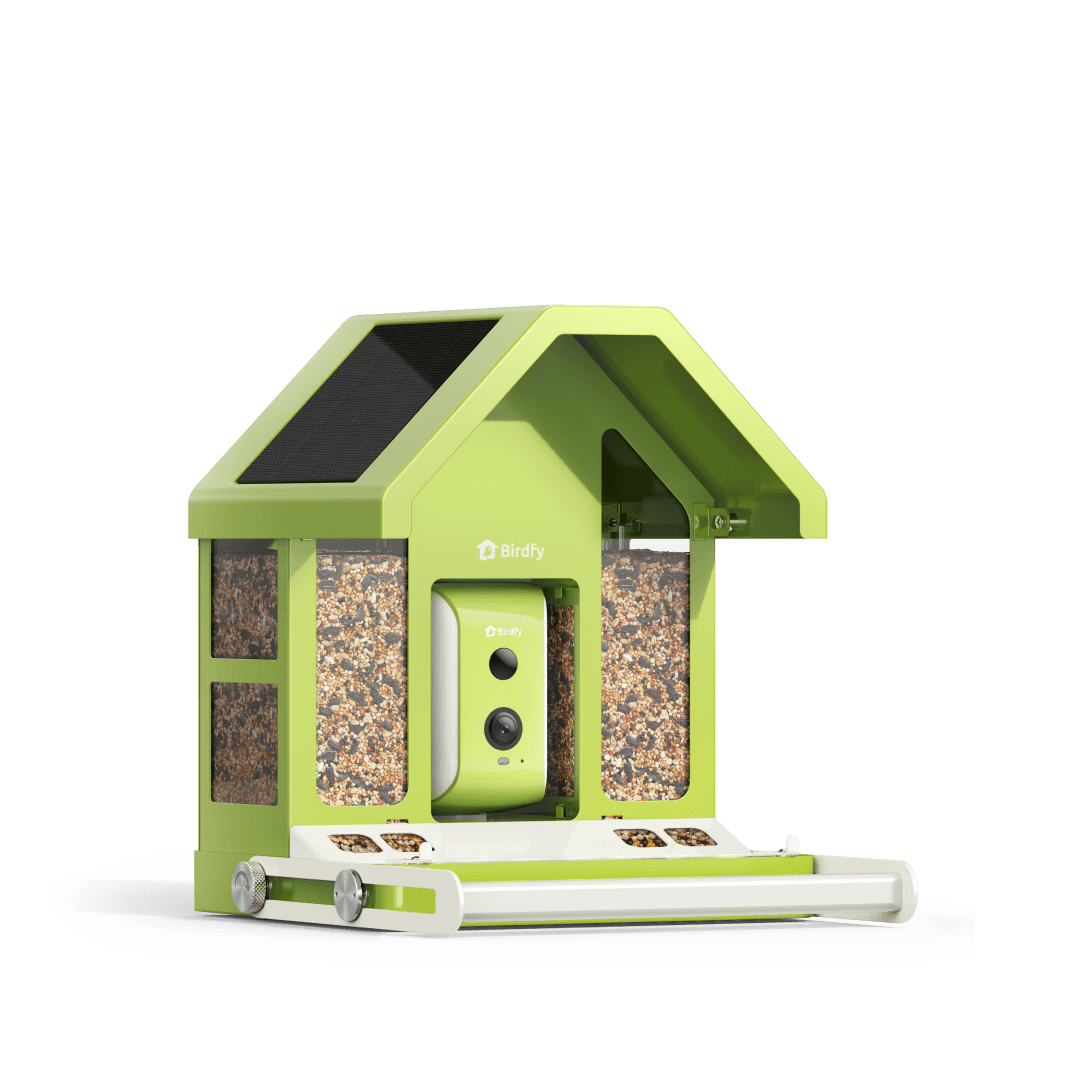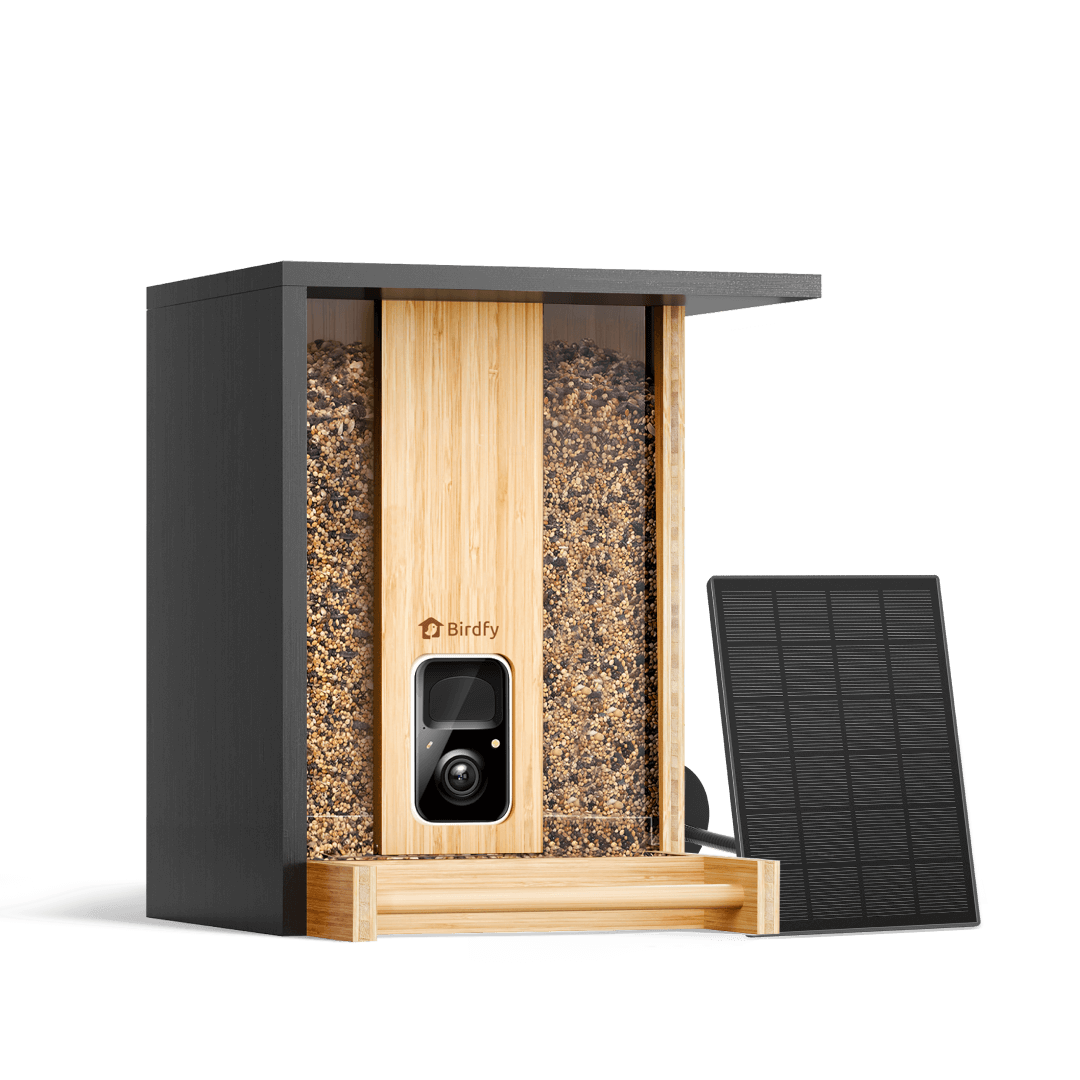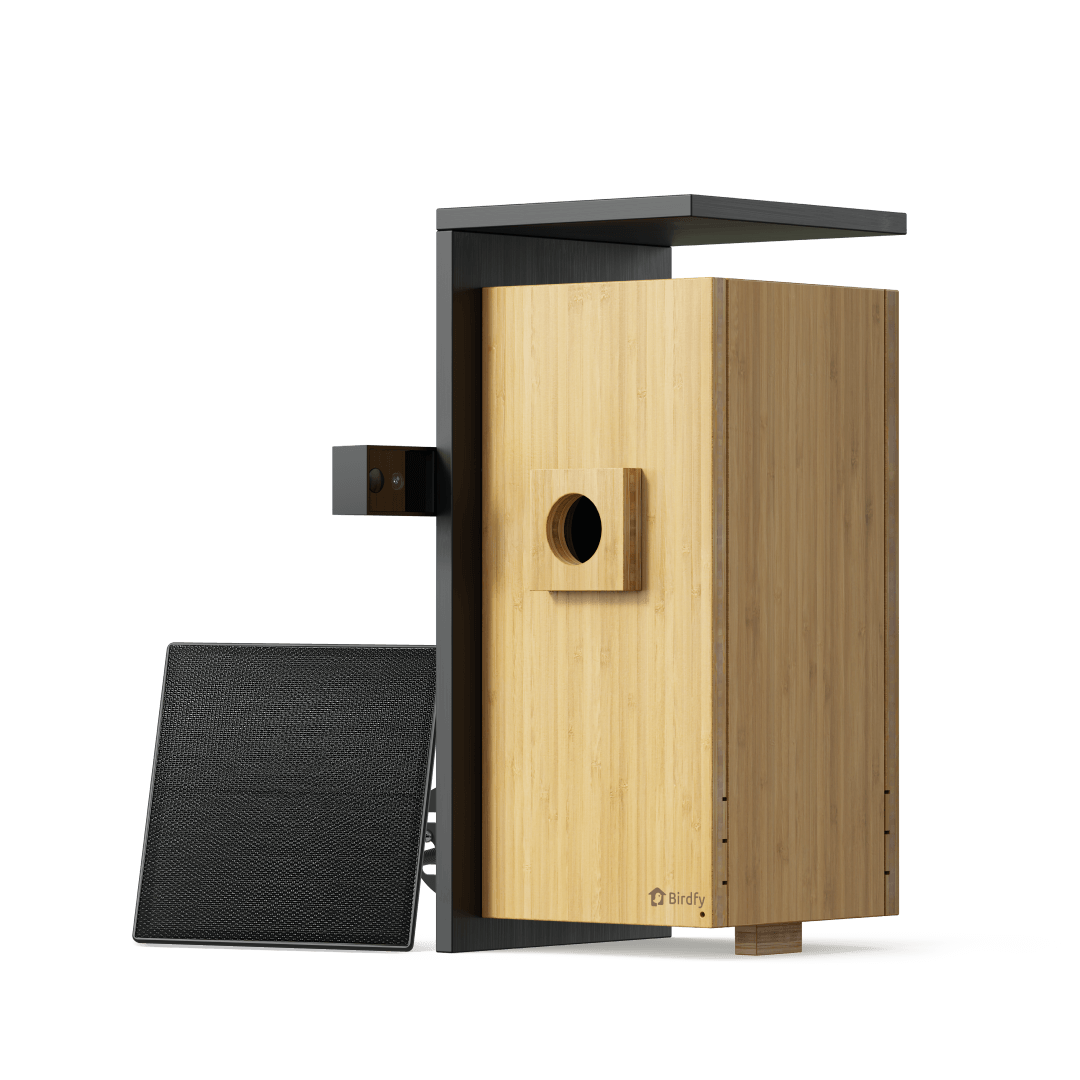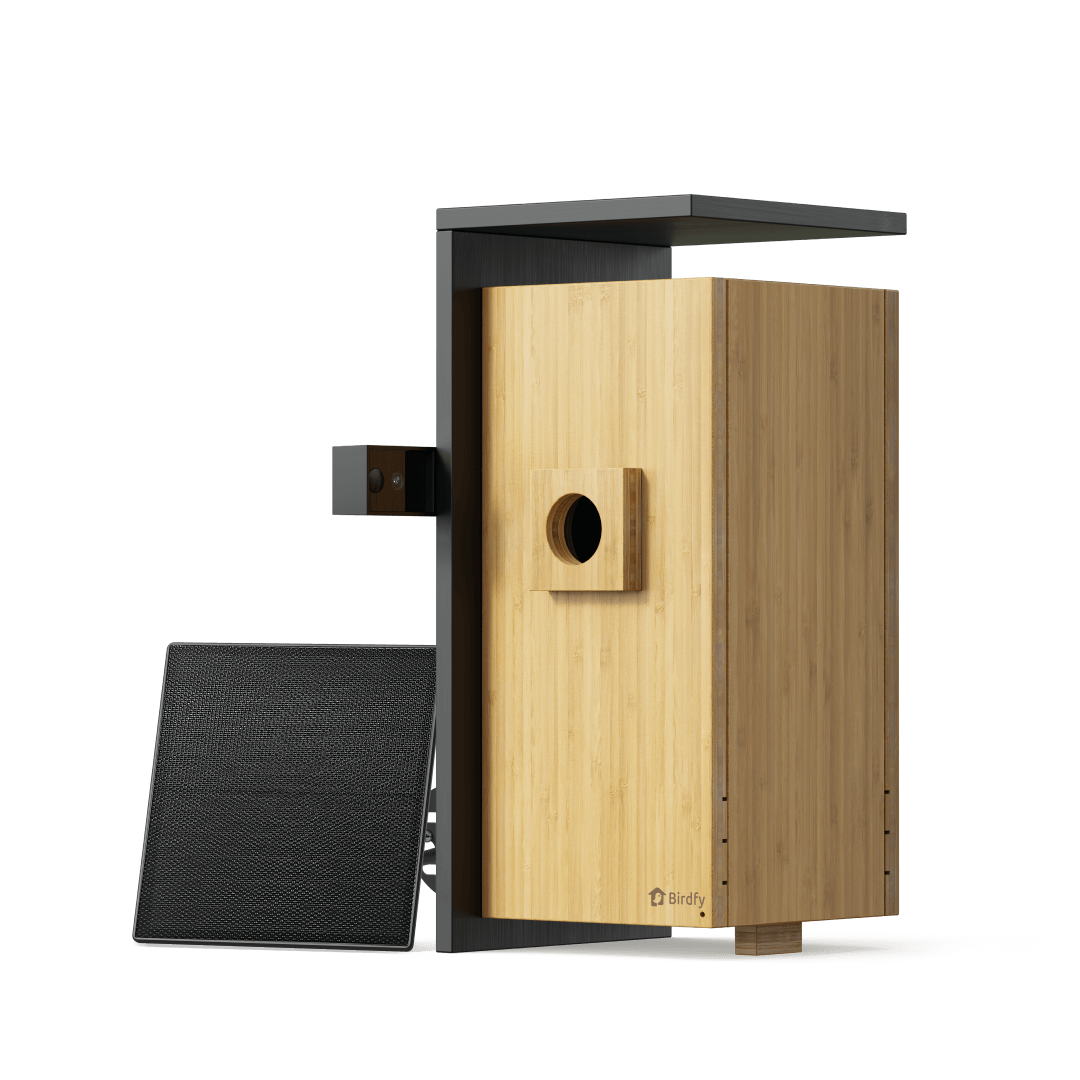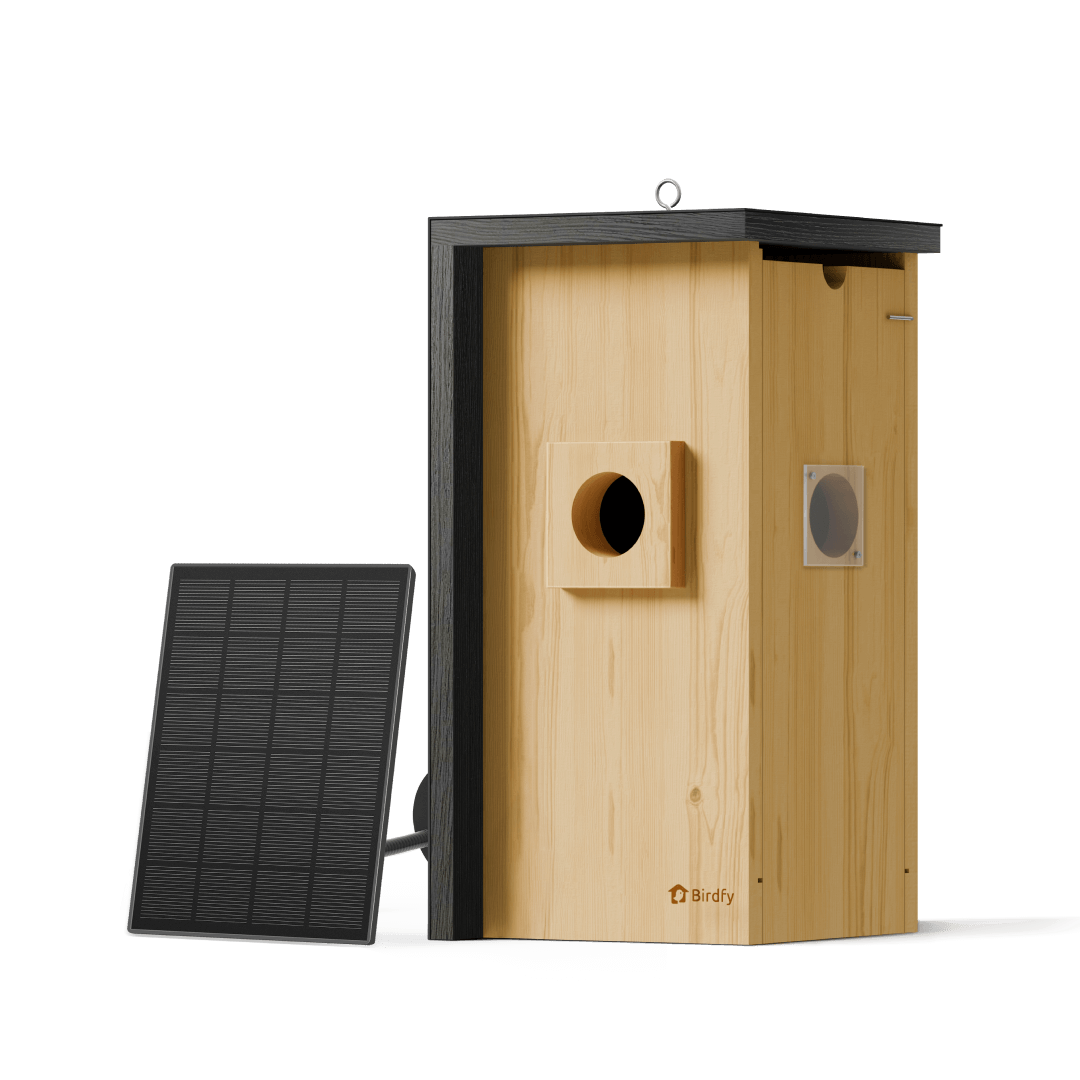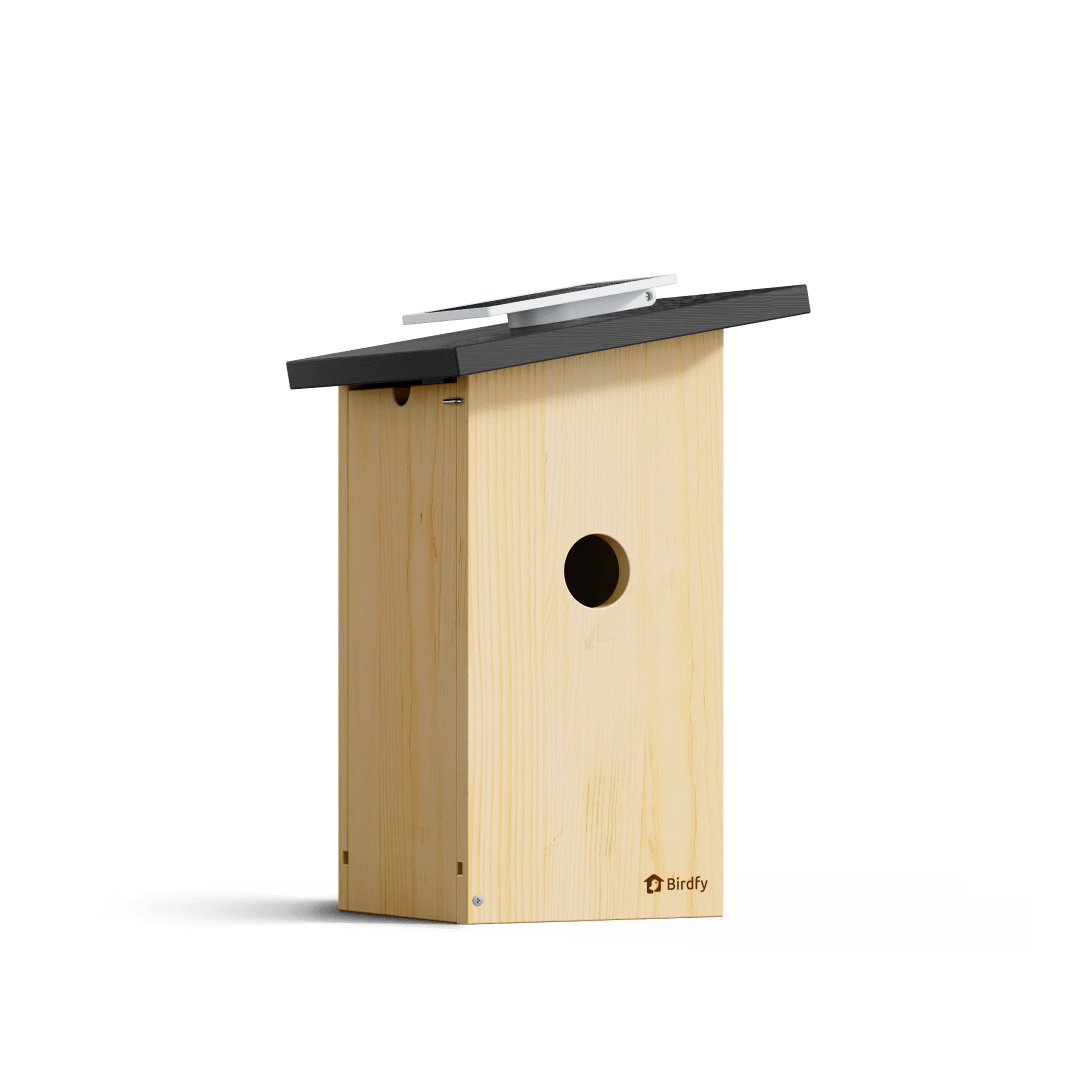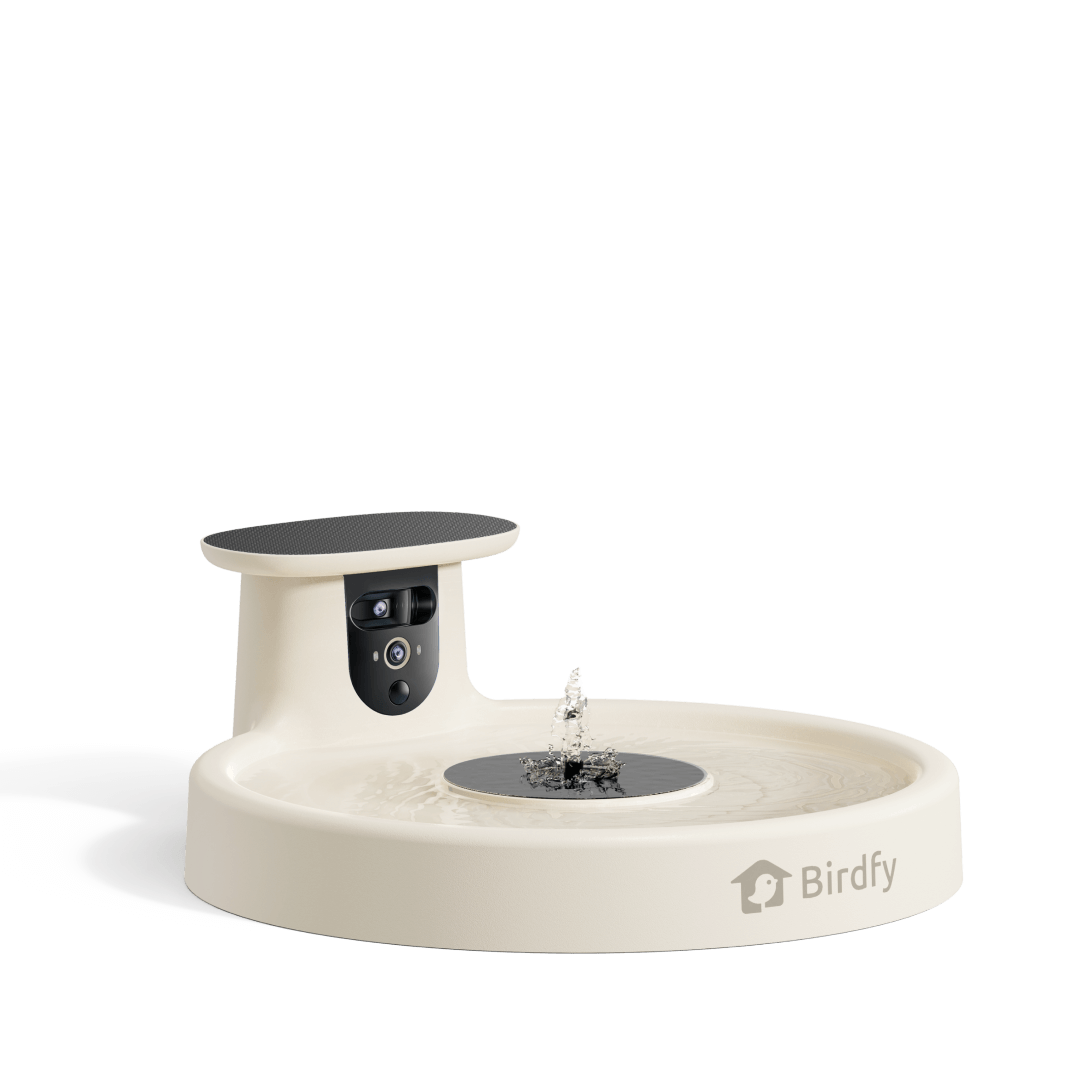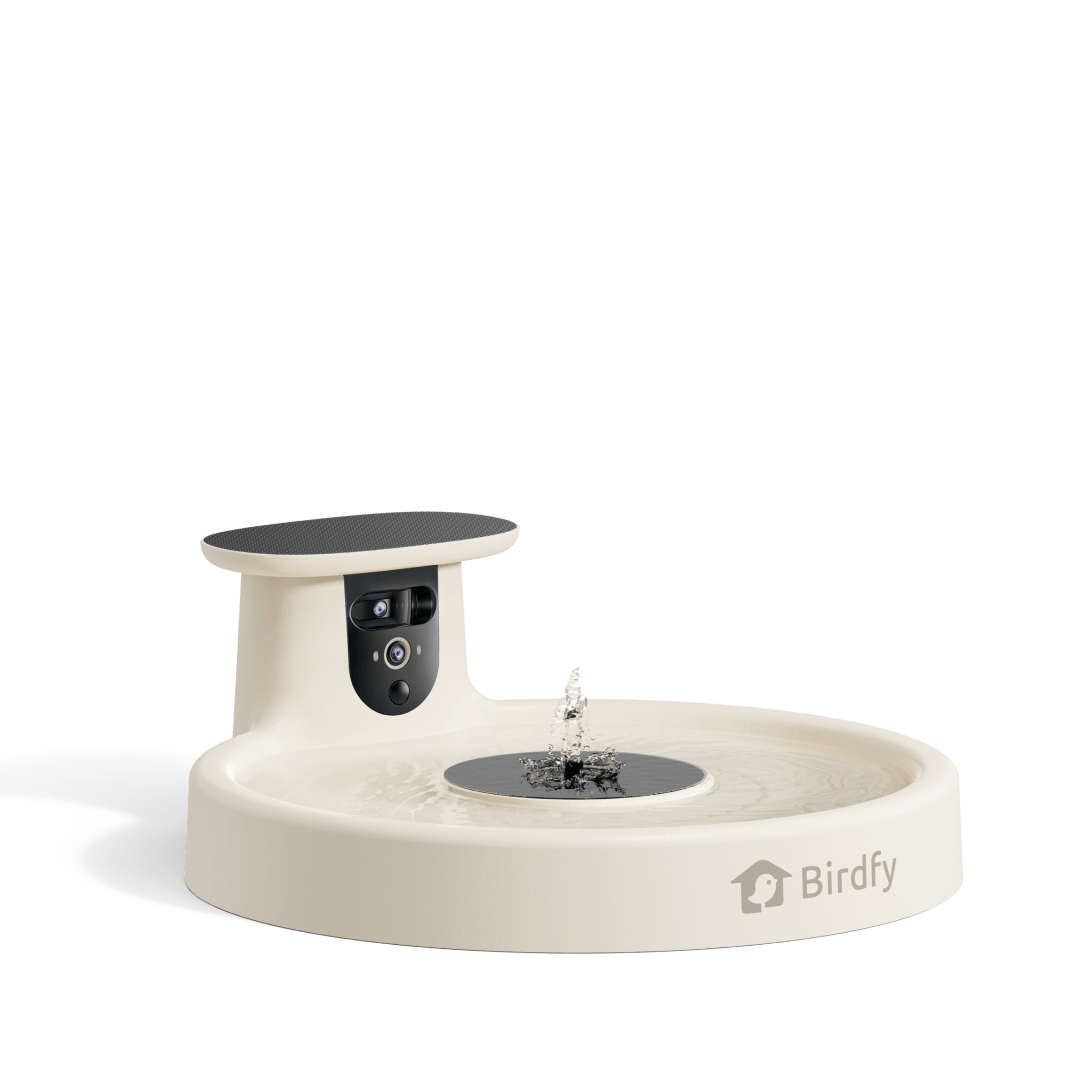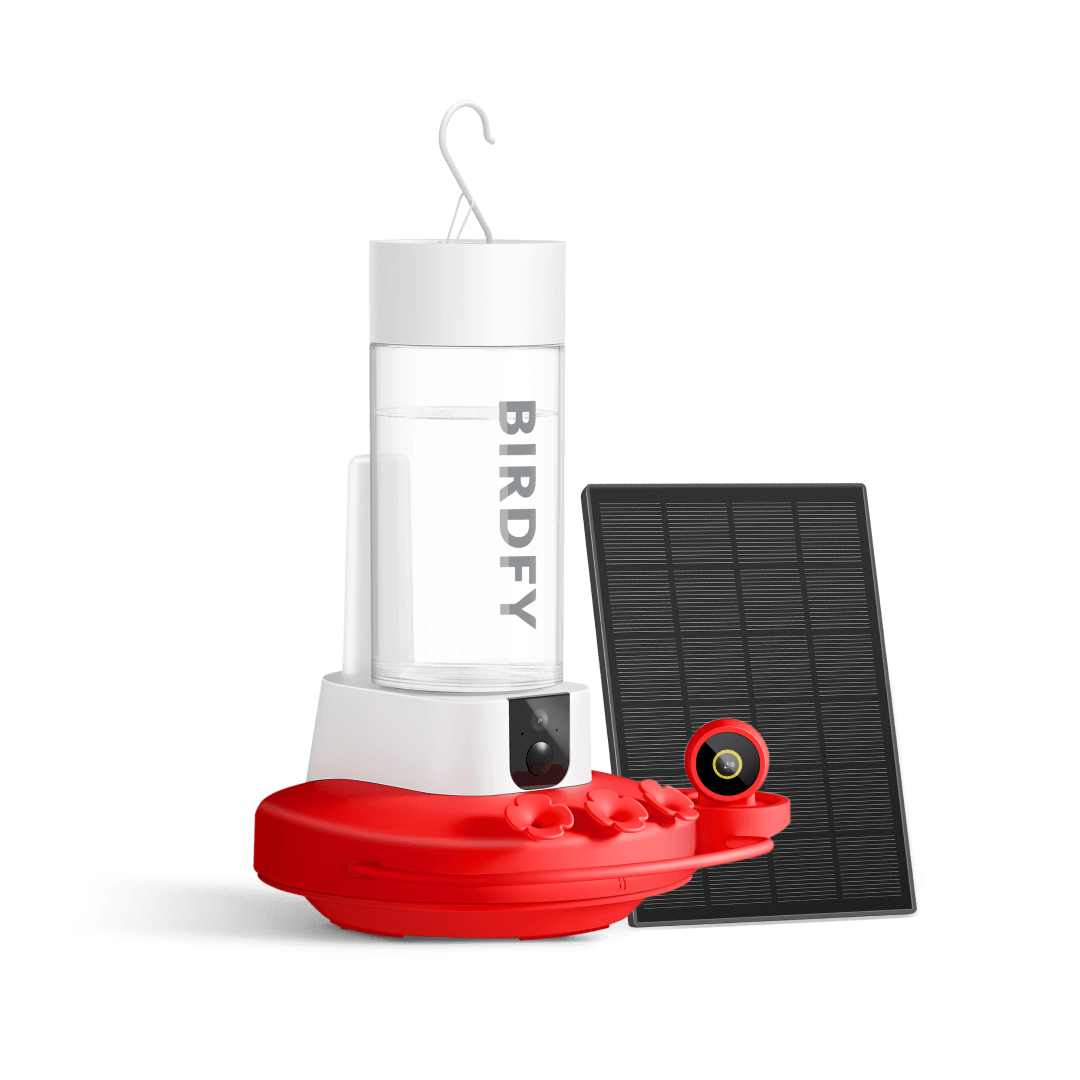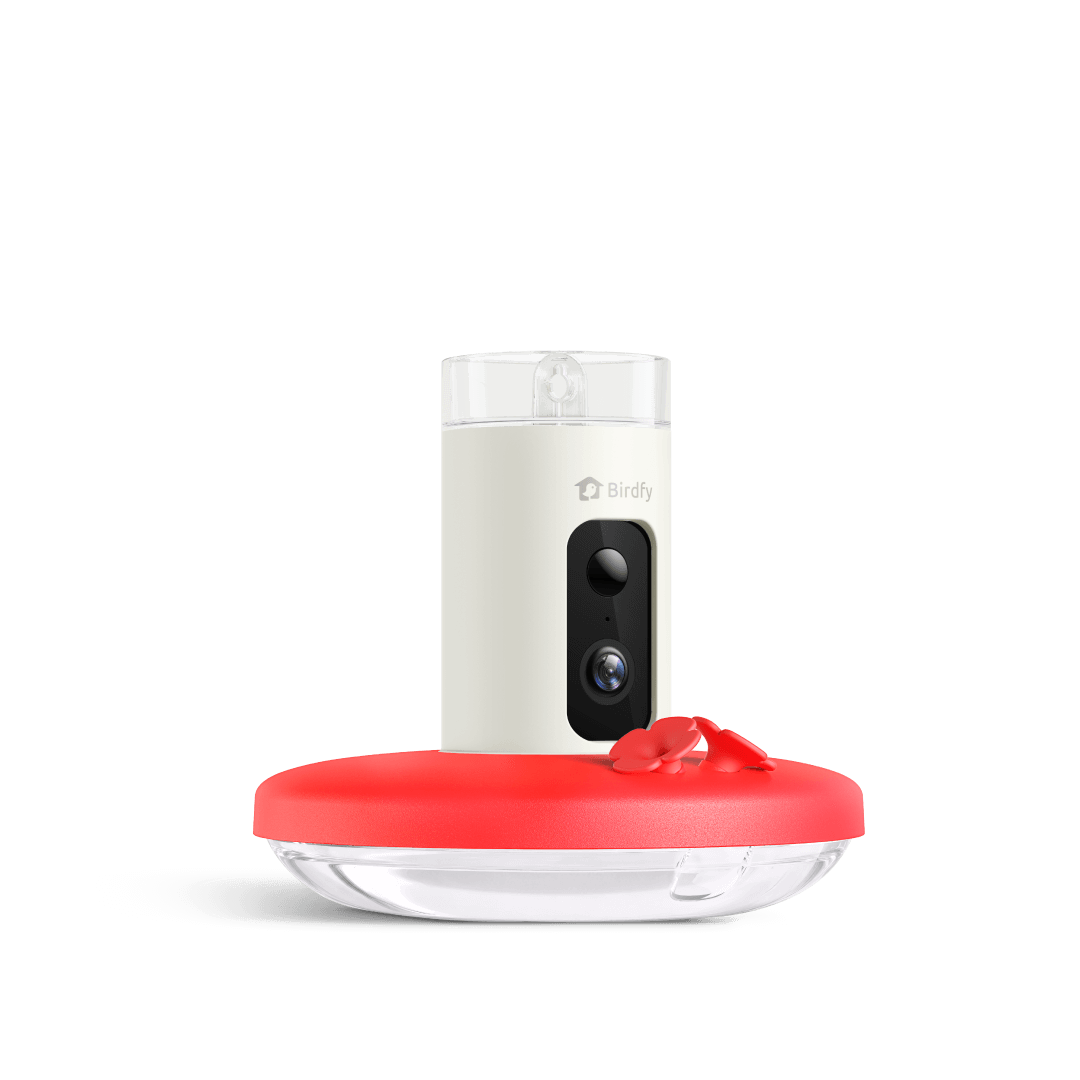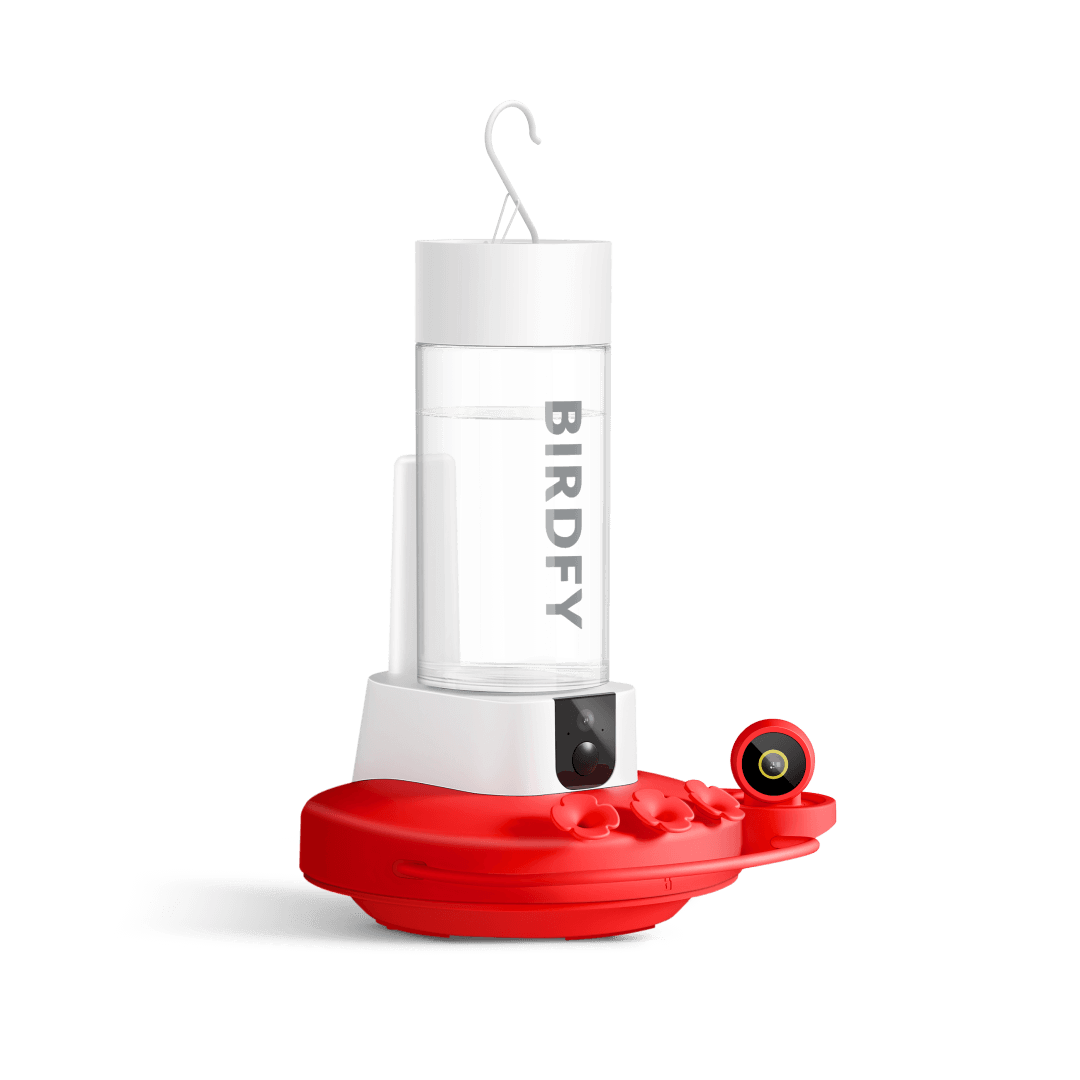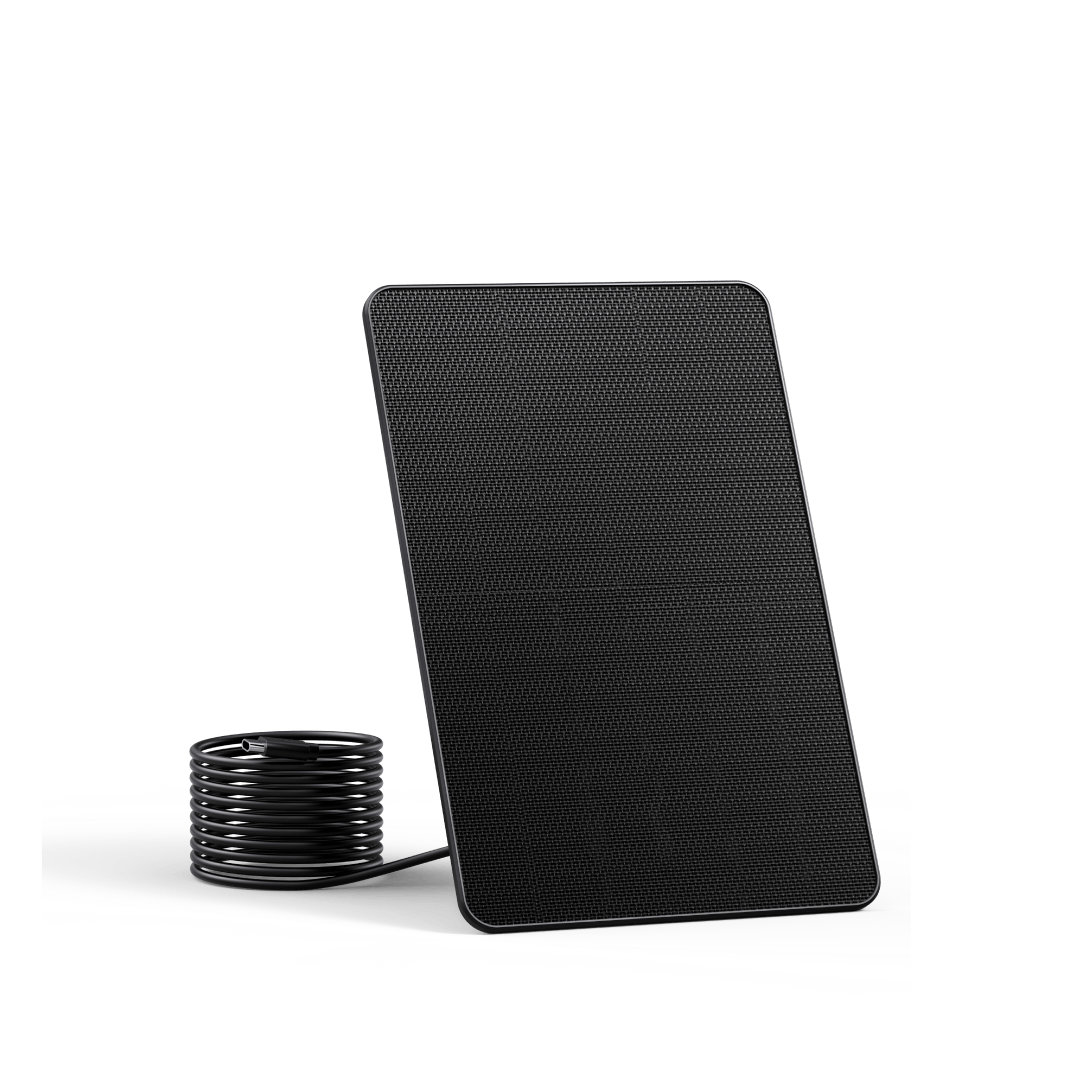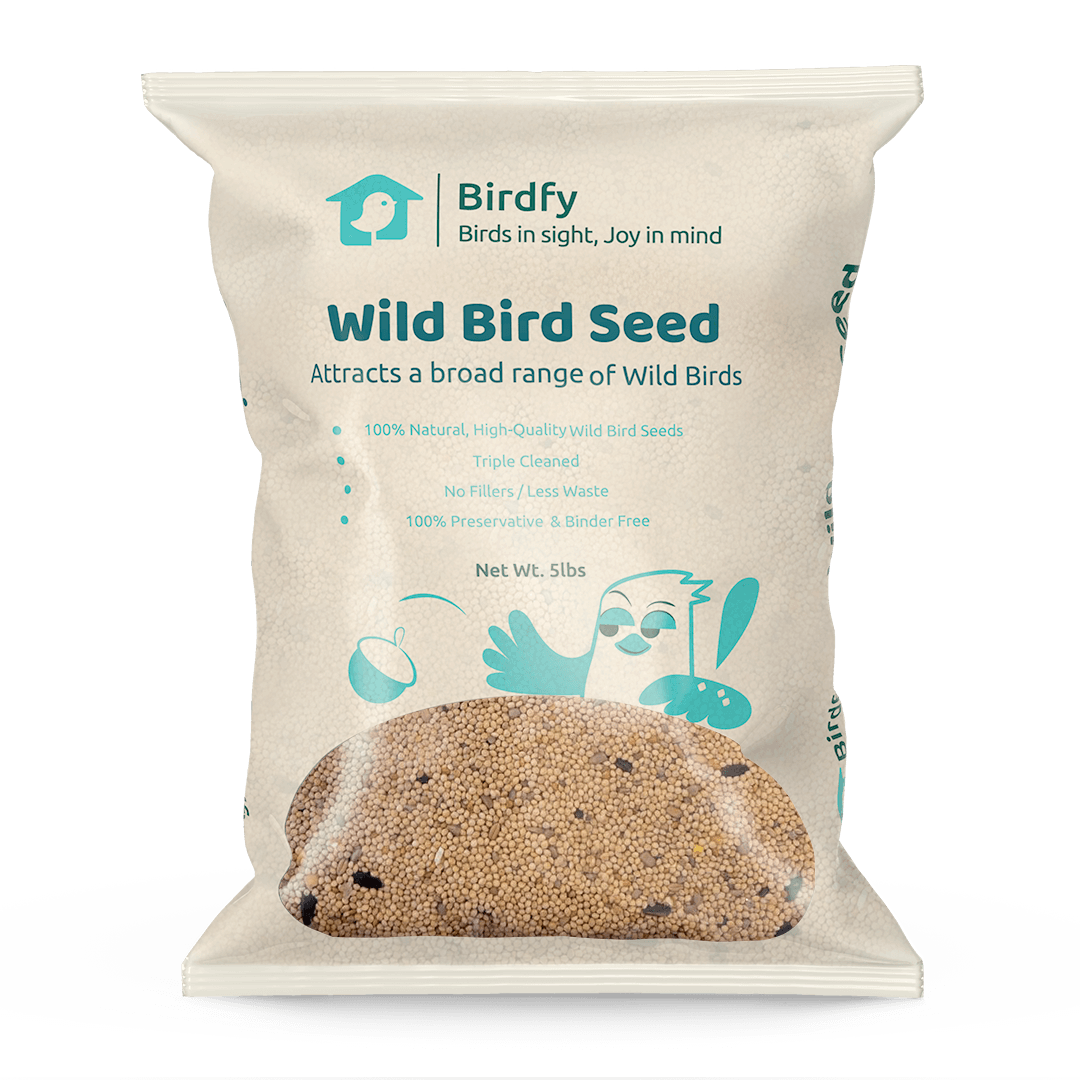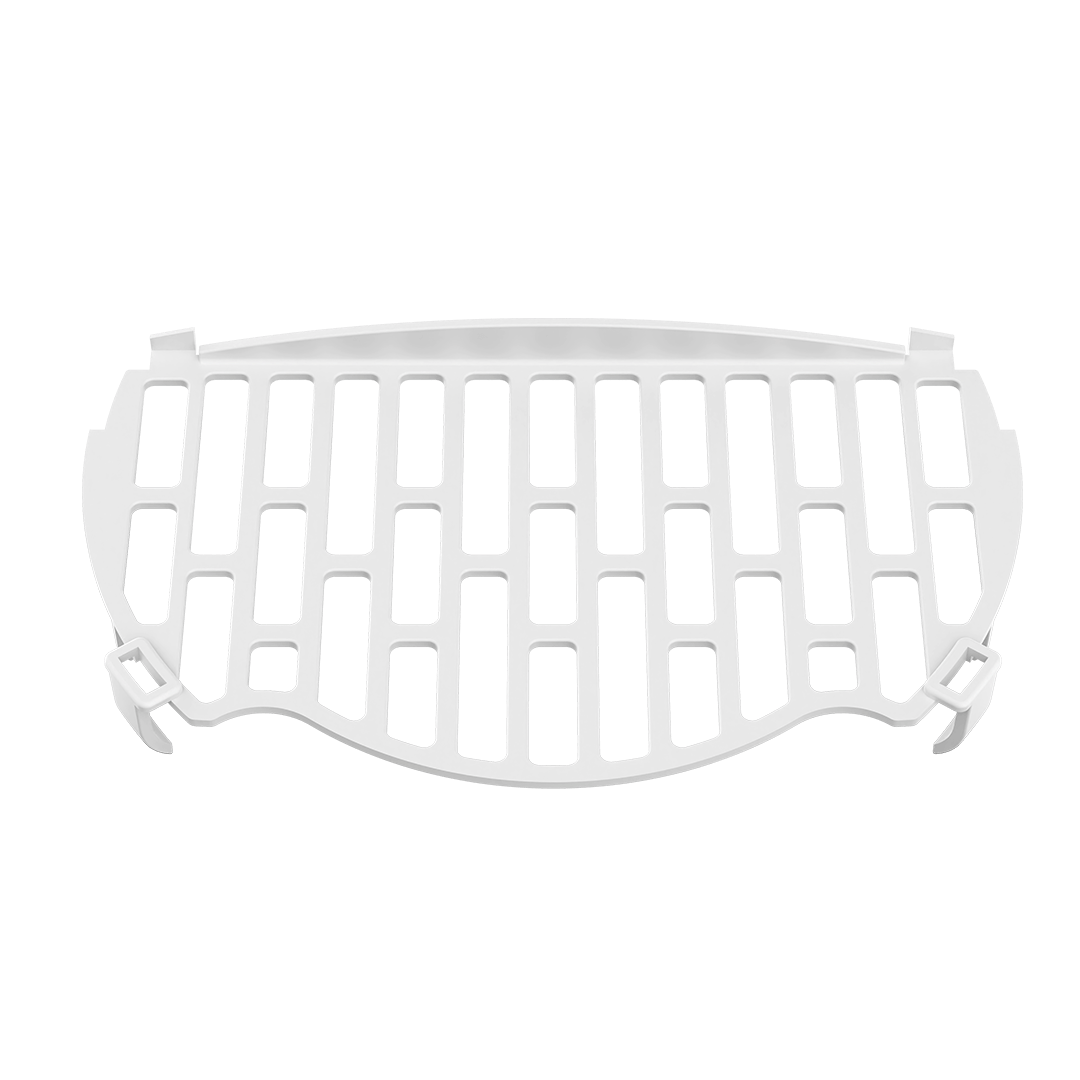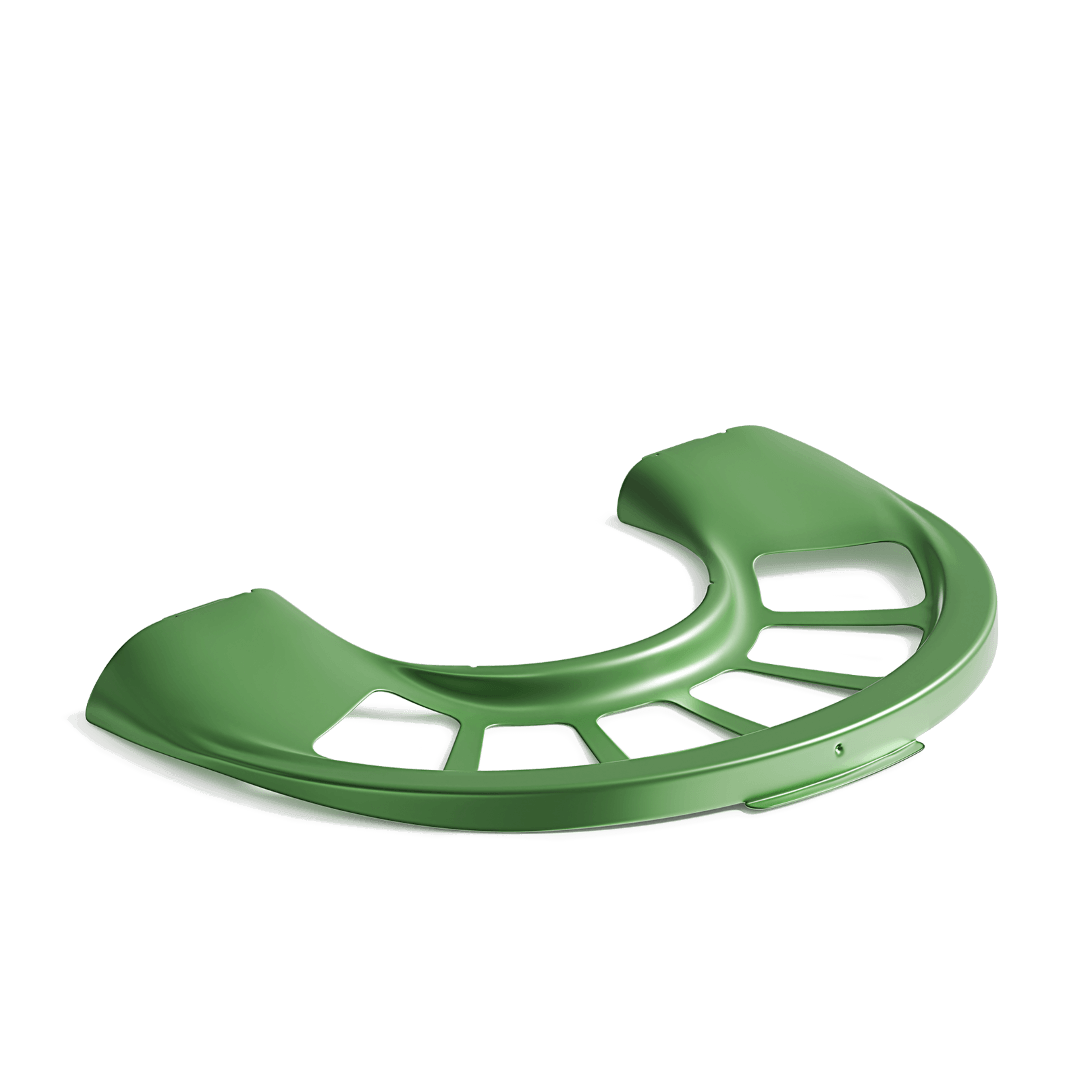How to Choose and Place Bird Nest Boxes to Attract Native Songbird
Important aspects to consider for attracting Songbirds to nestboxes
Location, Location, Location!
Birds can be pretty choosy about where they decide to build their nest. To make sure they find your nest box, make it as easy for them to find it! Be sure to read about habitat requirements for your target species and choose the spot that best fits the species preferred habitat. If you place a box near in the best habitat used by your target species, they are more likely to find it and use it.
- Placement
Nestboxes should be placed in areas that provide natural cover and protection from predators that might come into the area.
- Competition
Be aware that some species may compete with each other for nest boxes, particularly between bluebirds and Tree Swallows, or between certain wren species.
- Habitat
Consider the overall habitat you are trying to create. For example, if you want to attract wrens, ensure there are shrubby edge areas and brush piles nearby, whereas bluebirds want open areas like fields nearby.
- Non-native Species
As written above, House sparrows and starlings can compete with native songbirds for nest boxes. Keeping boxes away from developed urban areas and closer to natural habitats can help deter species you don’t want to attract.
- Nestbox Size and Entrance Hole
The size and shape of the entrance hole are very important for attracting certain species. Smaller holes will deter larger birds like Starlings and House Sparrows, while larger holes may be attractive to predators like snakes. Species like squirrels and woodpeckers can also enlarge the entrance hole of nest boxes, so it's important to use Netvue provided guards to deter them.

Wrens
For house wrens, a nest box with a 1-1/4 inch diameter entrance hole and a floor area of 4x4 inches is recommended. The box should be approximately 8 inches deep, with the hole placed 4-6 inches above the floor. For Carolina wrens, a larger entrance hole of 1-1/2 inches is often preferred, while Bewick's wrens can use a 1-inch hole.
House Wren Nest Box Dimensions:
- Entrance Hole: 1-1/4 inch diameter
- Floor: 4 inches x 4 inches
- Depth: 8 inches
- Height: 8-10 inches
Additional Notes:
- Hole Placement: The entrance hole should be placed 4-6 inches above the floor.
- Box Material: Natural, uncoated wood like cedar or redwood is recommended.
- Location: House wrens prefer to nest in sheltered locations, such as under branches or near vegetation.
Bluebirds
- Hole Size
A 1-1/2 inch round hole is a standard size that prevents larger birds like starlings from entering. Eastern Bluebirds may also use a 1-3/8 x 2-1/4 inch vertical oval hole.
- Interior Dimensions
A minimum interior floor space of 4 inches by 4 inches is recommended for Eastern Bluebirds. Western and Mountain Bluebirds might prefer slightly larger floor areas.
- Box Height
A box height of 12 inches is a good guideline, providing enough space for the birds to nest and raise their young.
- Hole Placement
The entrance hole should be placed 6 to 10 inches from the bottom of the house.
- Material
Exterior-grade fir or cedar plywood is recommended for building the nest box.
Chickadees
- Hole size: 1 1/8 inch diameter
-
Box dimensions:
- Height: 8 inches
- Width and Length: 4 to 5 1/2 inches
- Placement: Mount the box 4 to 15 feet off the ground.
Titmice
- Floor: 4 inches by 4 inches.
- Depth: 8 to 10 inches.
- Entrance Hole: 1 ¼ inches in diameter.
- Entrance Height: 6 to 8 inches above the floor.
- Height Above Ground: 6 to 15 feet.
- Other considerations: The entrance hole should be centered on the front of the box.
Nuthatches
- 1 1/4 inches (32 mm) is a common recommendation for White-breasted and Red-breasted Nuthatches.
- 1 1/8 inches (28 mm) is suitable for Brown-headed Nuthatches.
- Some sources also recommend a 1-inch hole.
Tips on unwanted species suggestions to keep out common unwanted pests
- Don’t install nest boxes until its breeding season, but if you happened to leave it up from the previous season, be sure to keep nest boxes sealed off until the start of the breeding season.
- Clean out nest boxes between seasons. It is good to use gloves when doing so.
- If bees and wasps are around your nestboxes, to keep them from colonizing the nest box, spray the inside of the top of the box with some non-stick cooking spray. This makes the surface too slippery for the insects to climb on.
- Install predator guards provided by Newvue to keep species like squirrels out of the boxes.
- The more nestboxes with different dimensions you install the better chance you’ll get a diversity of species and not just House Sparrows or Starlings.
- If you don’t want House Sparrows and Starling, use nestboxes with smaller holes smaller than 1 1/2”.
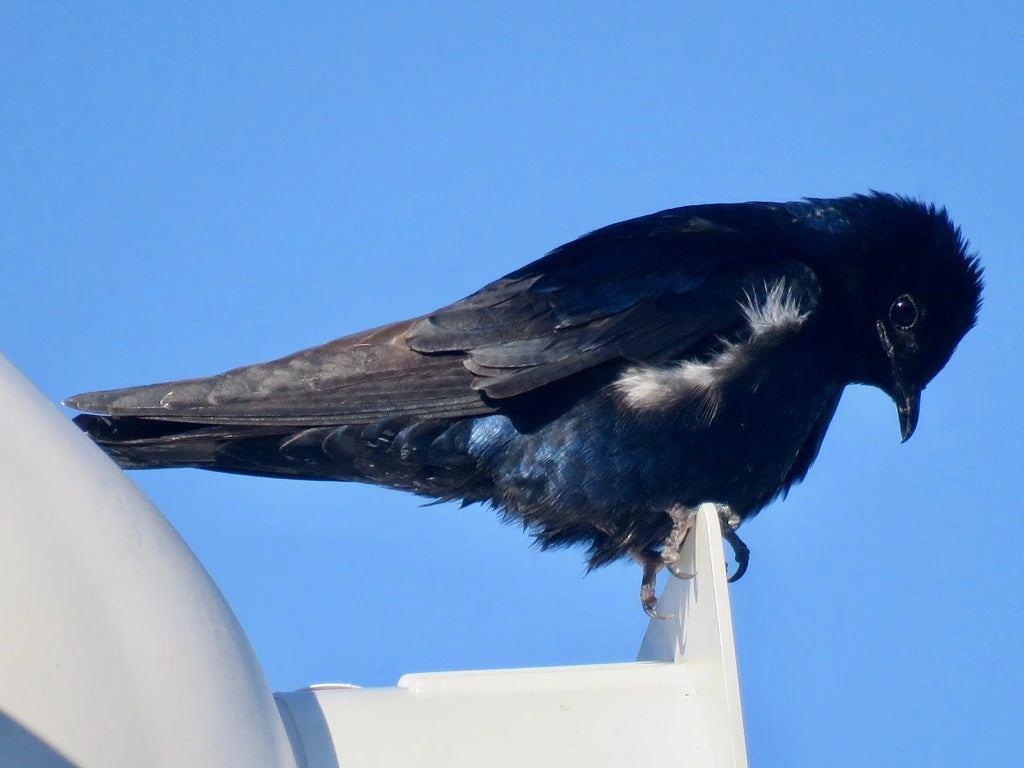
Share





